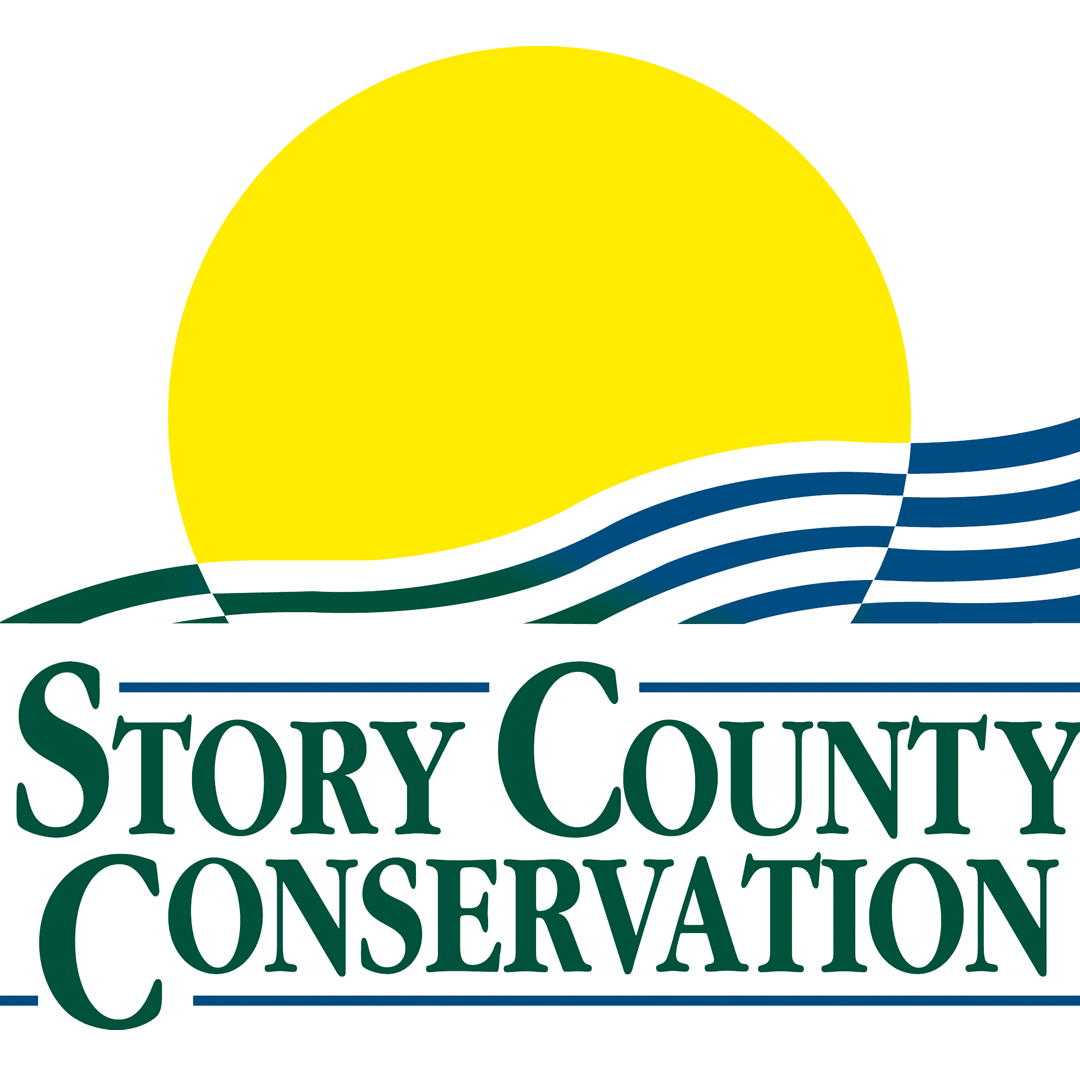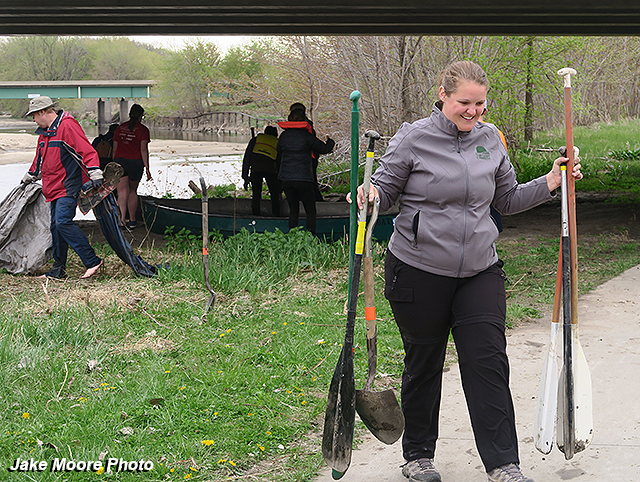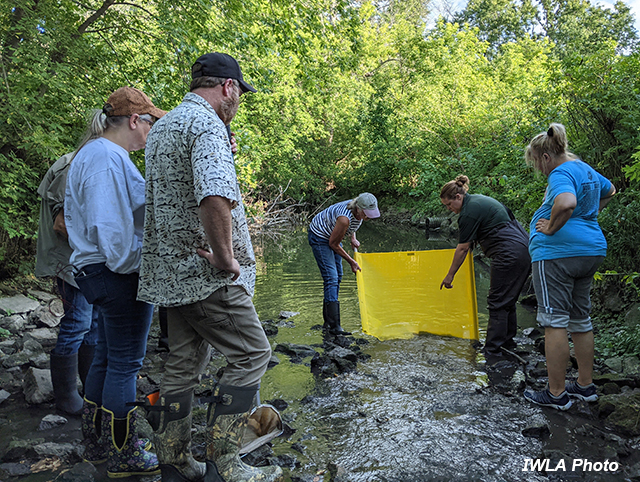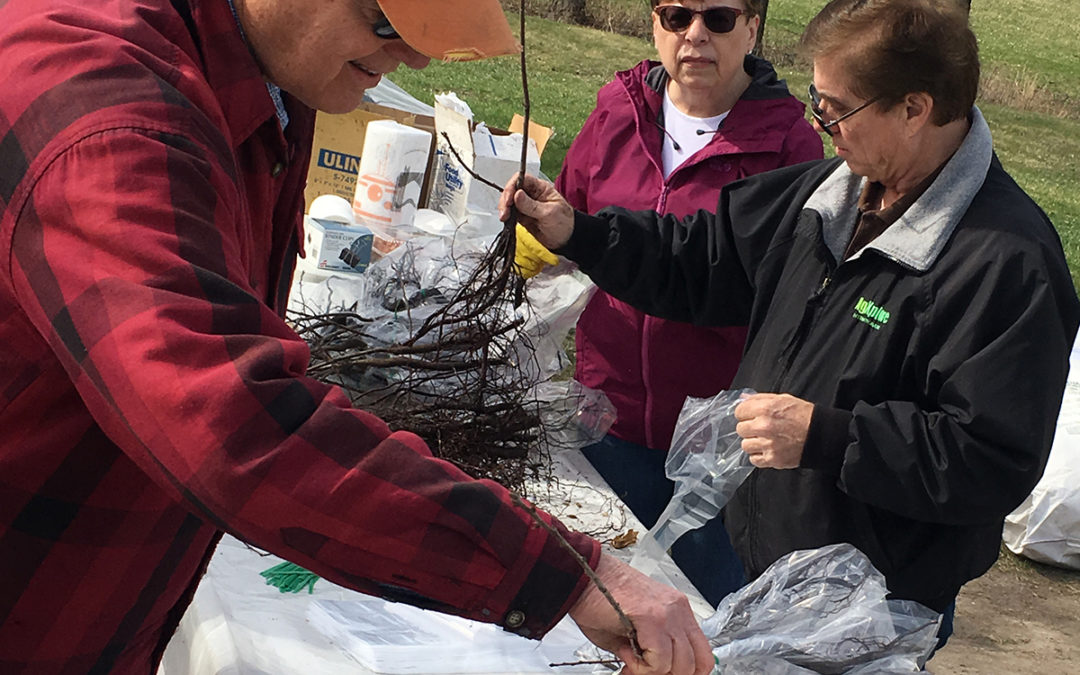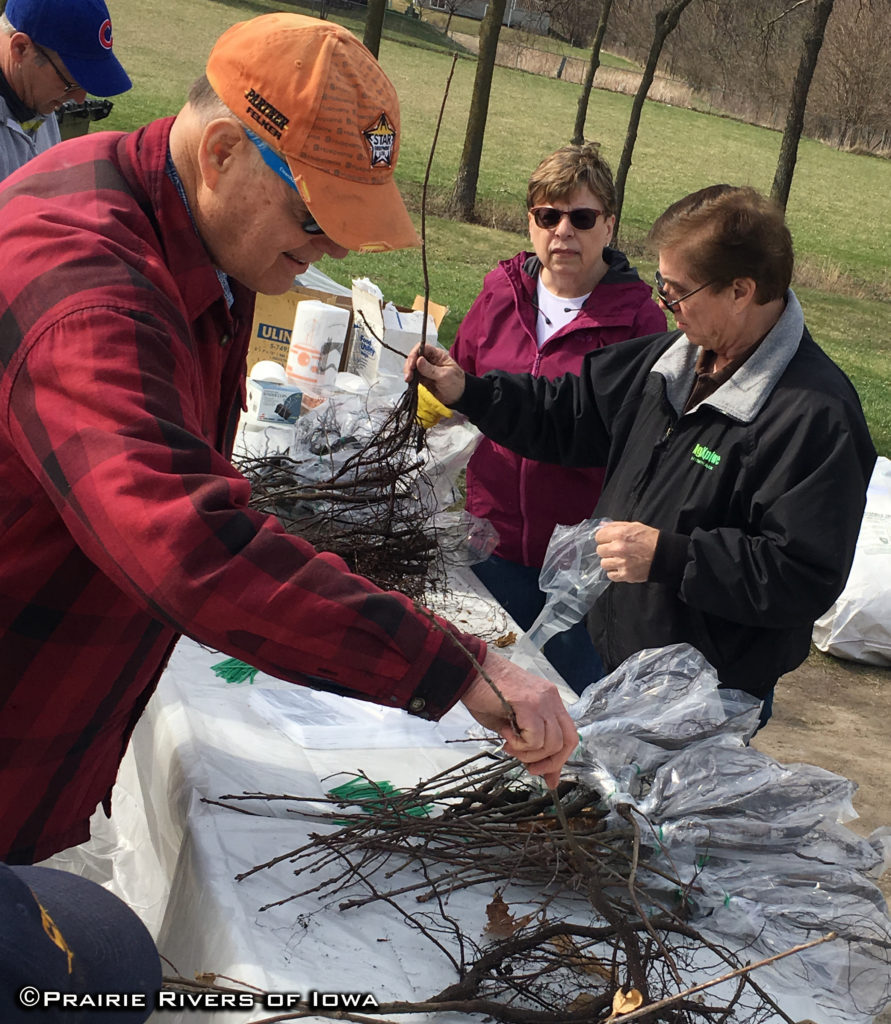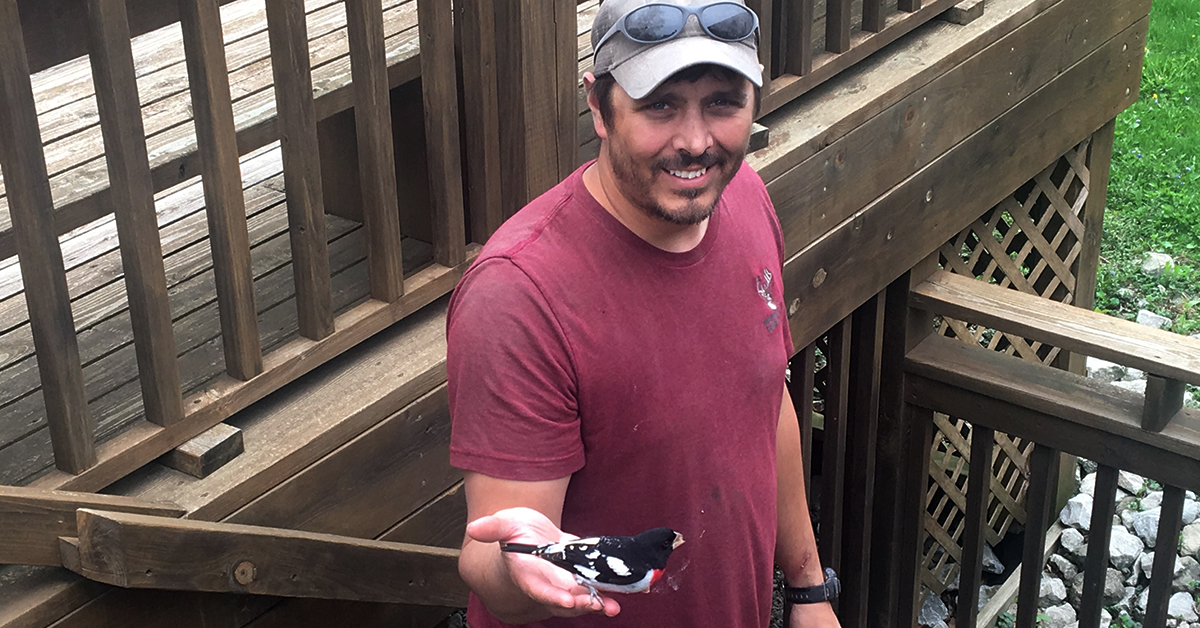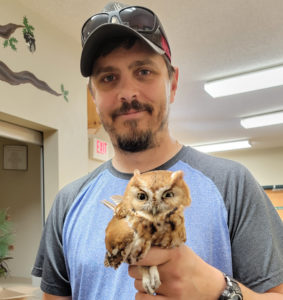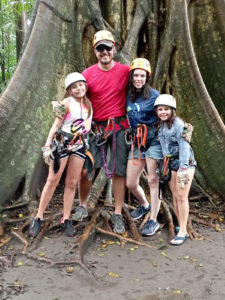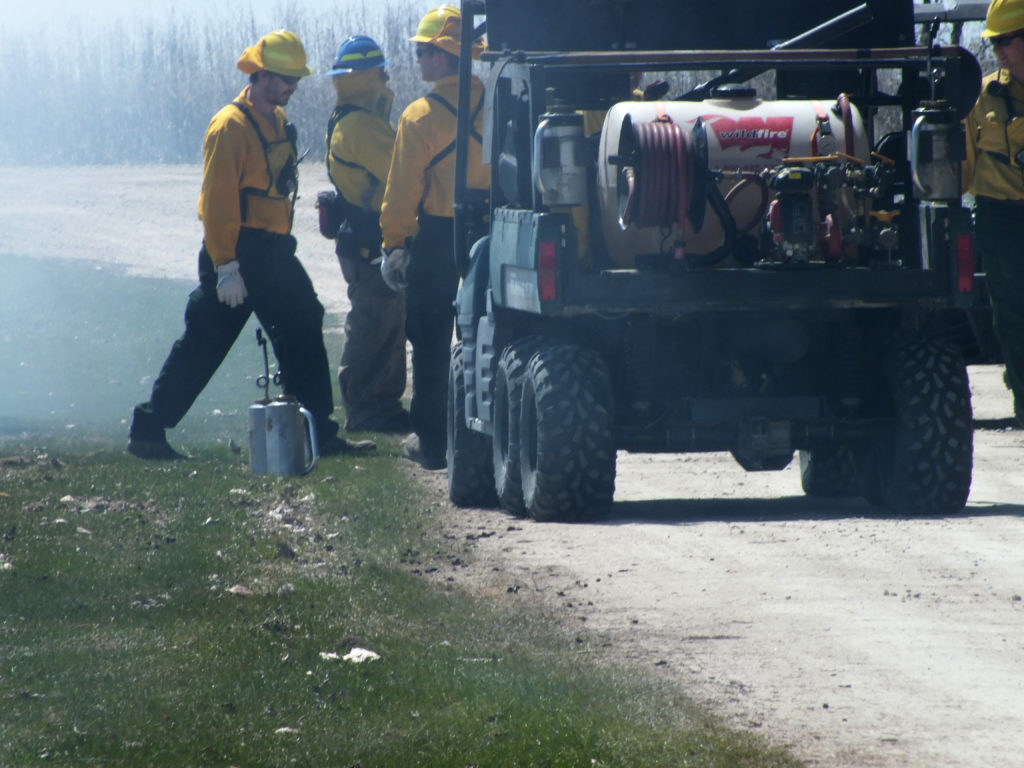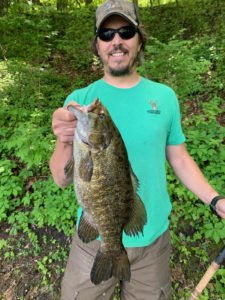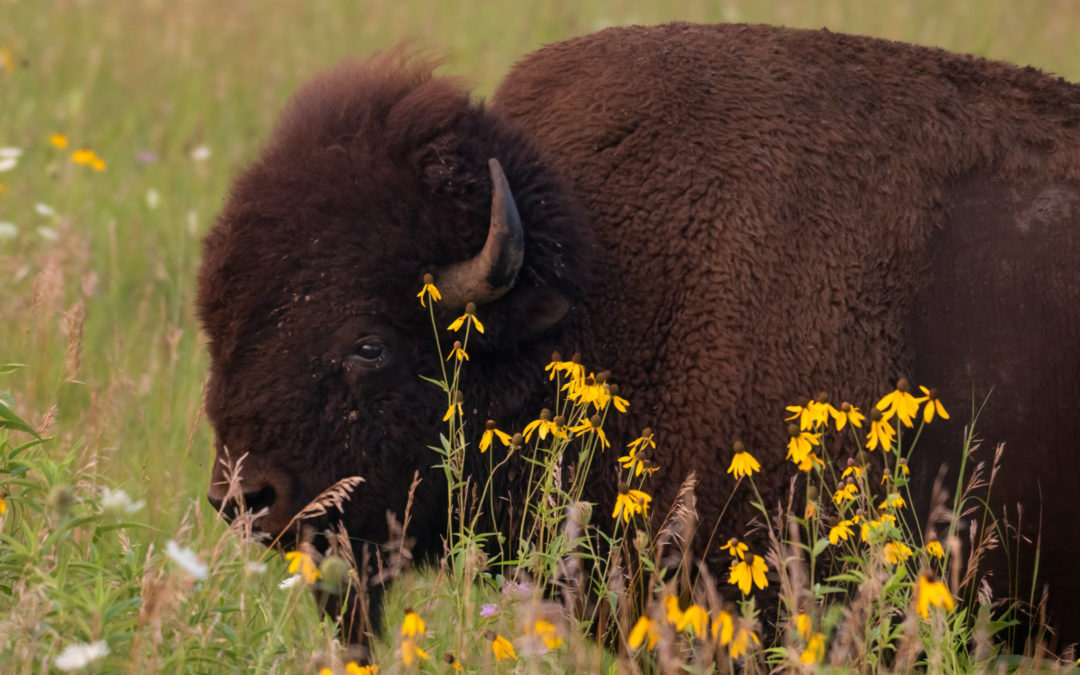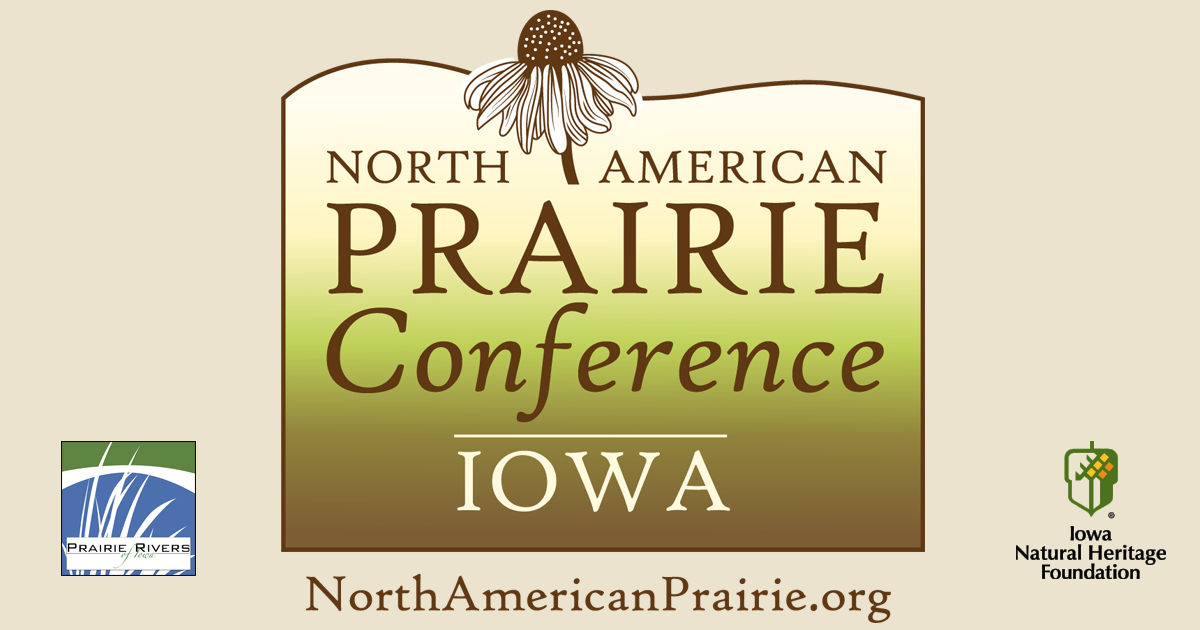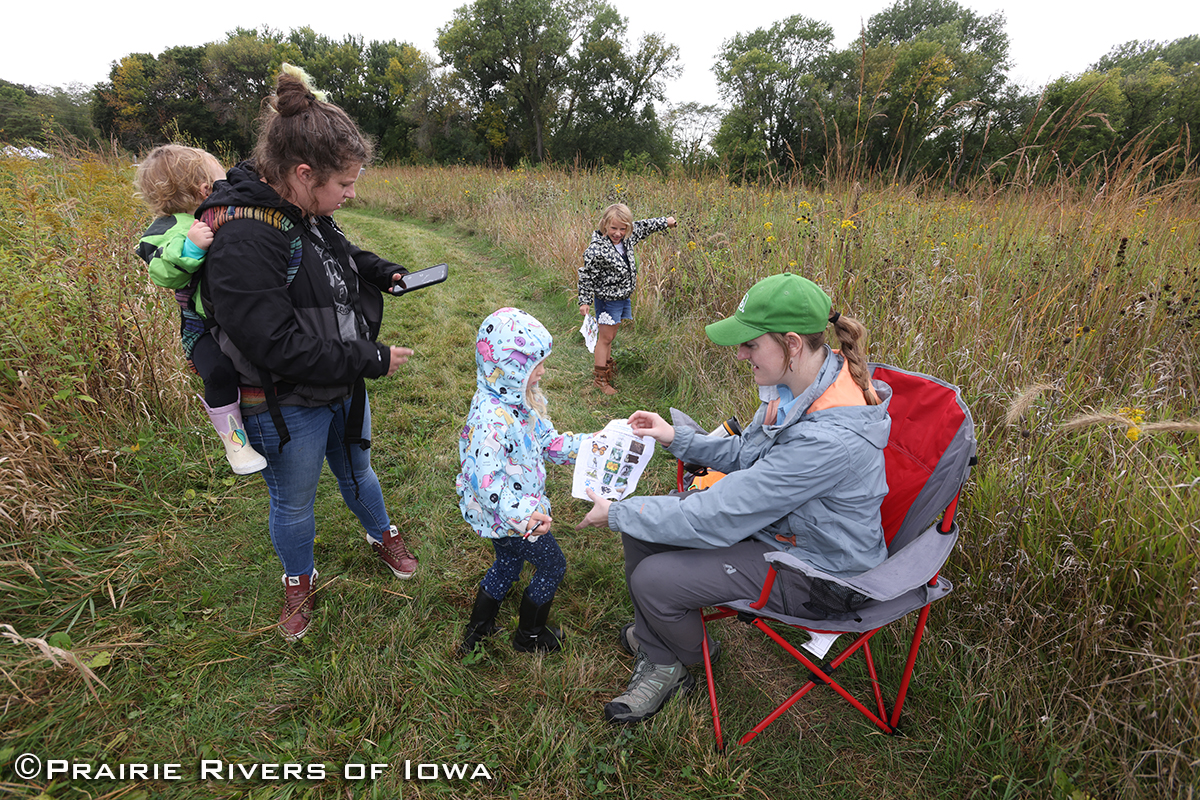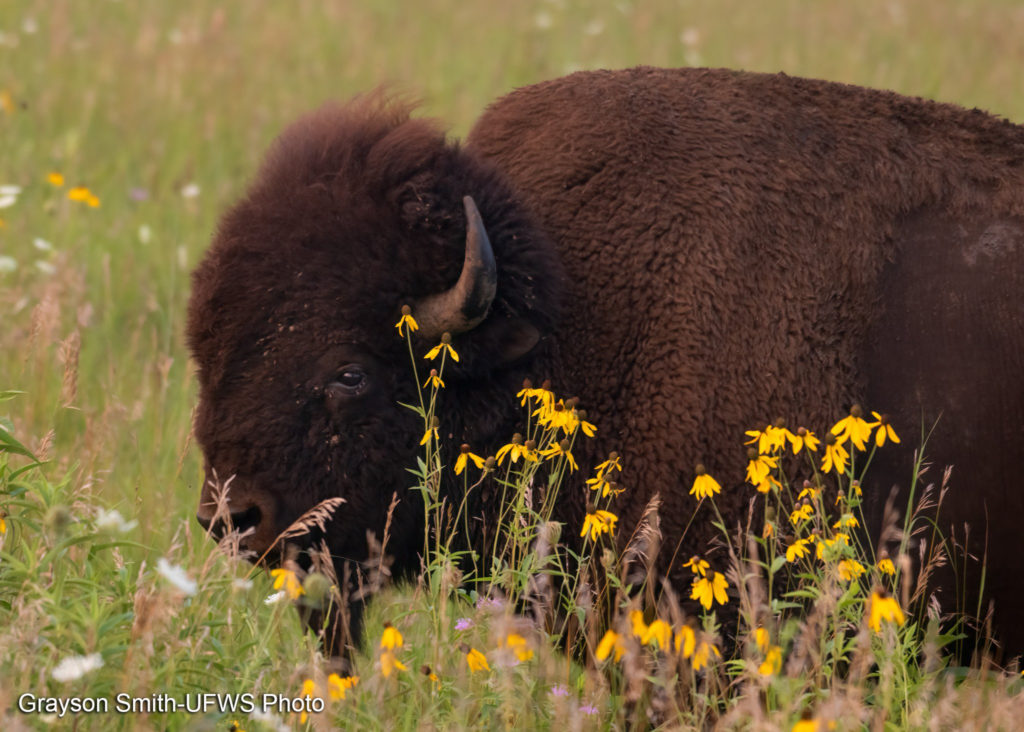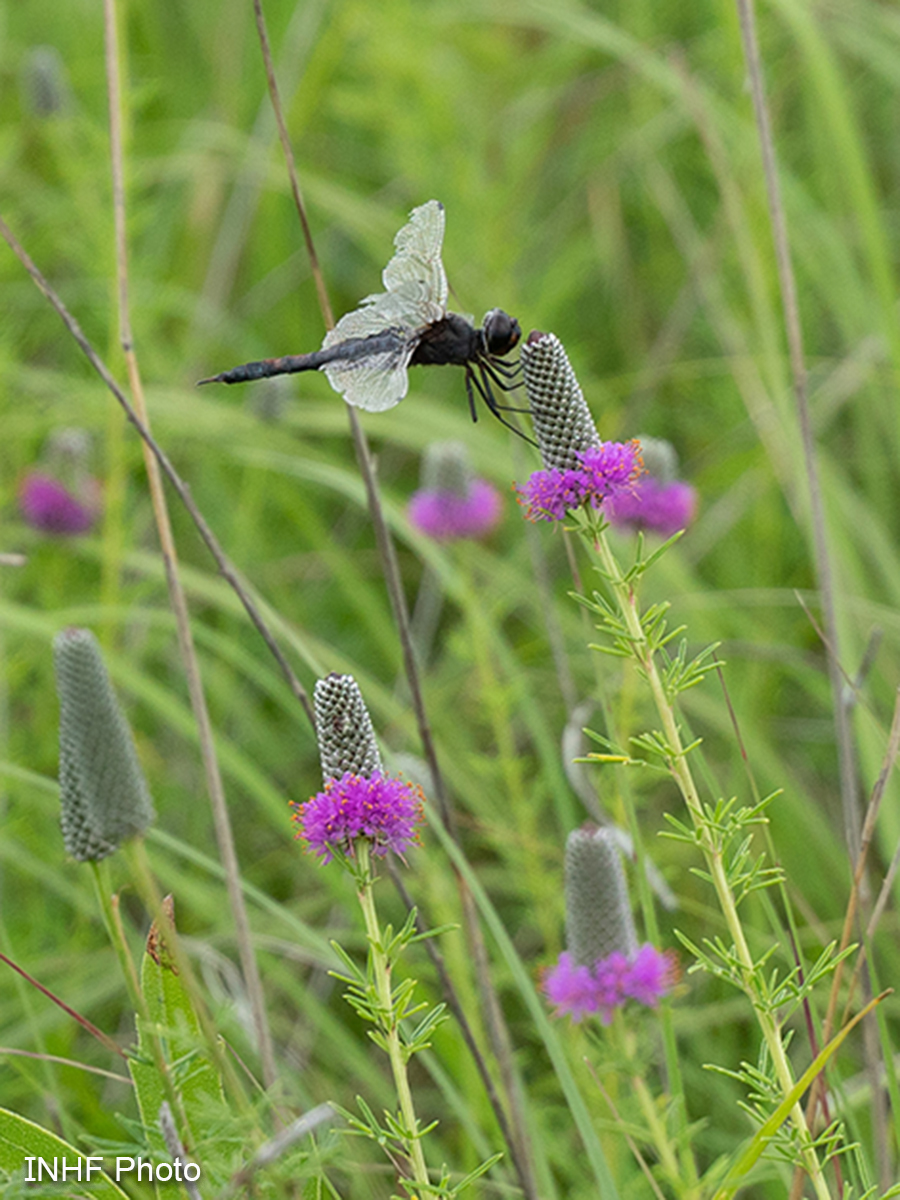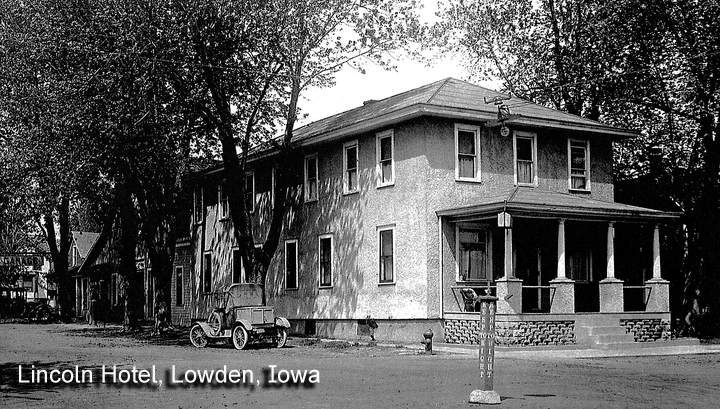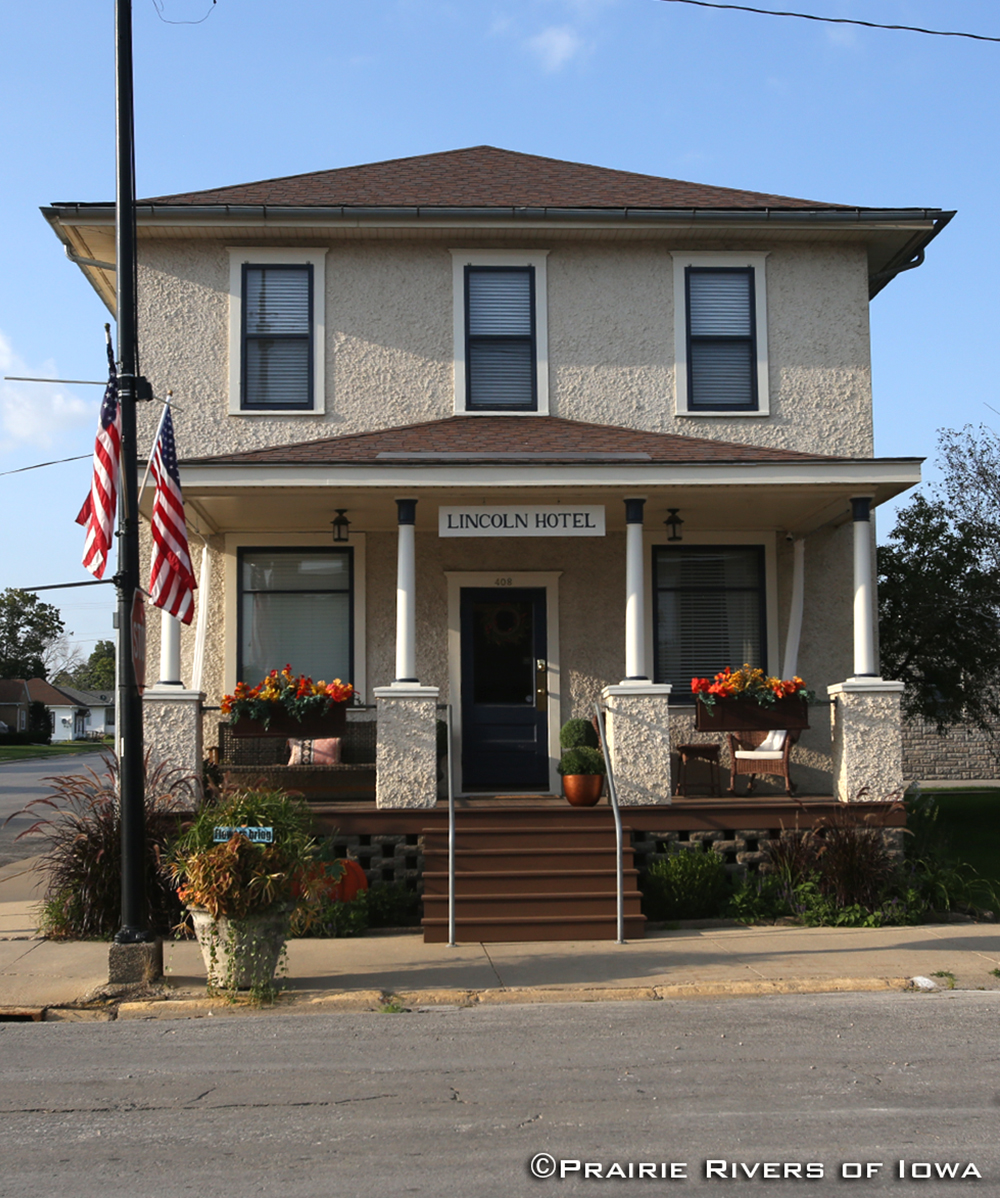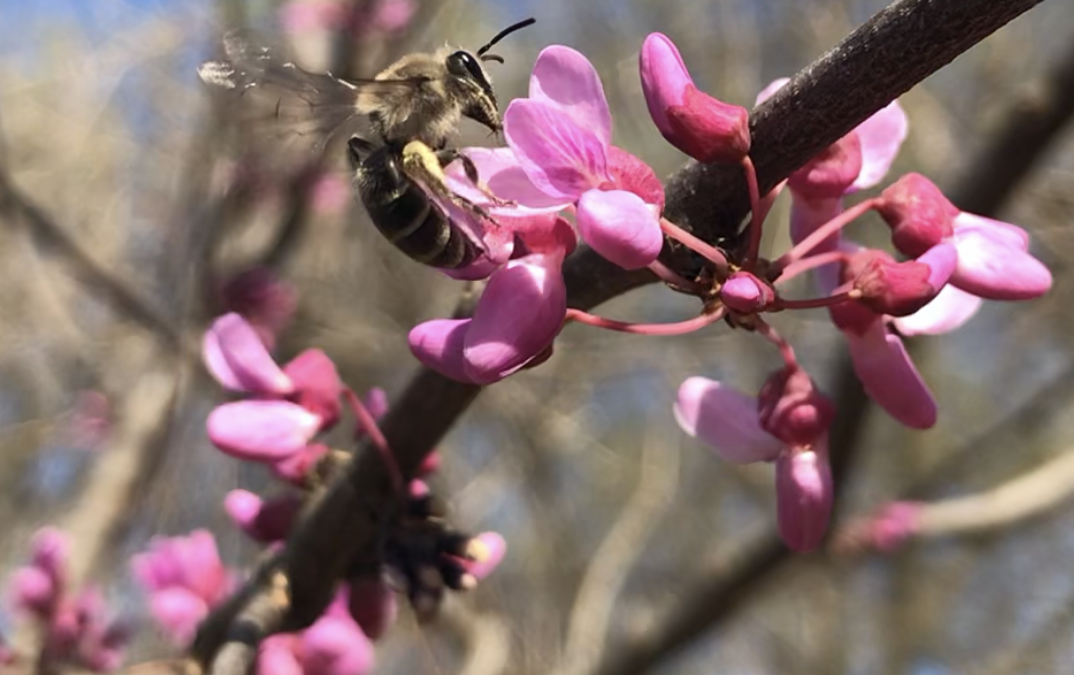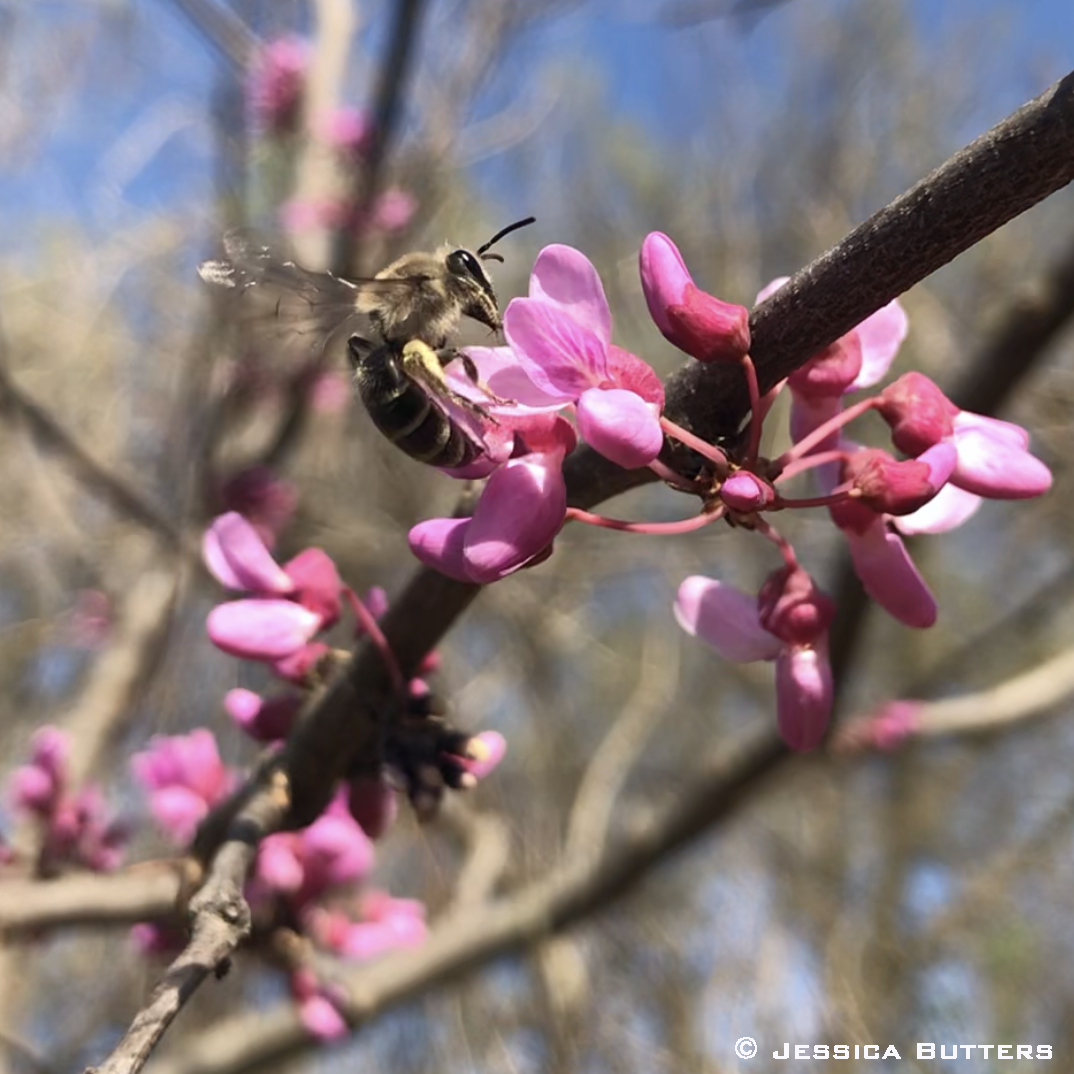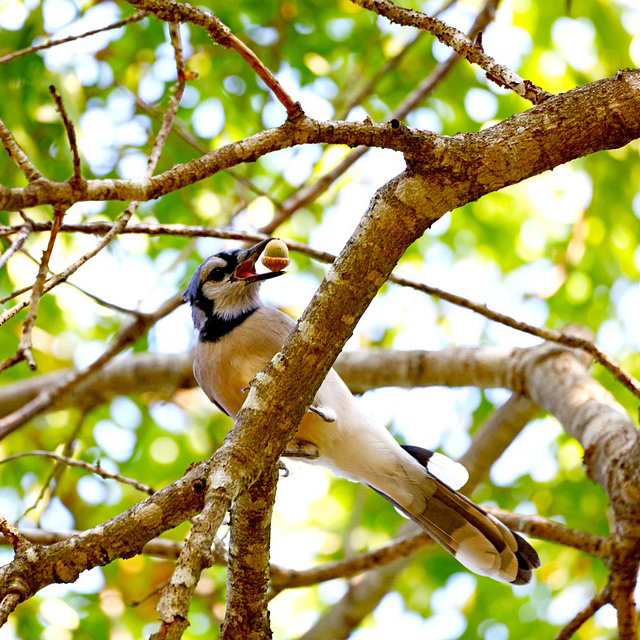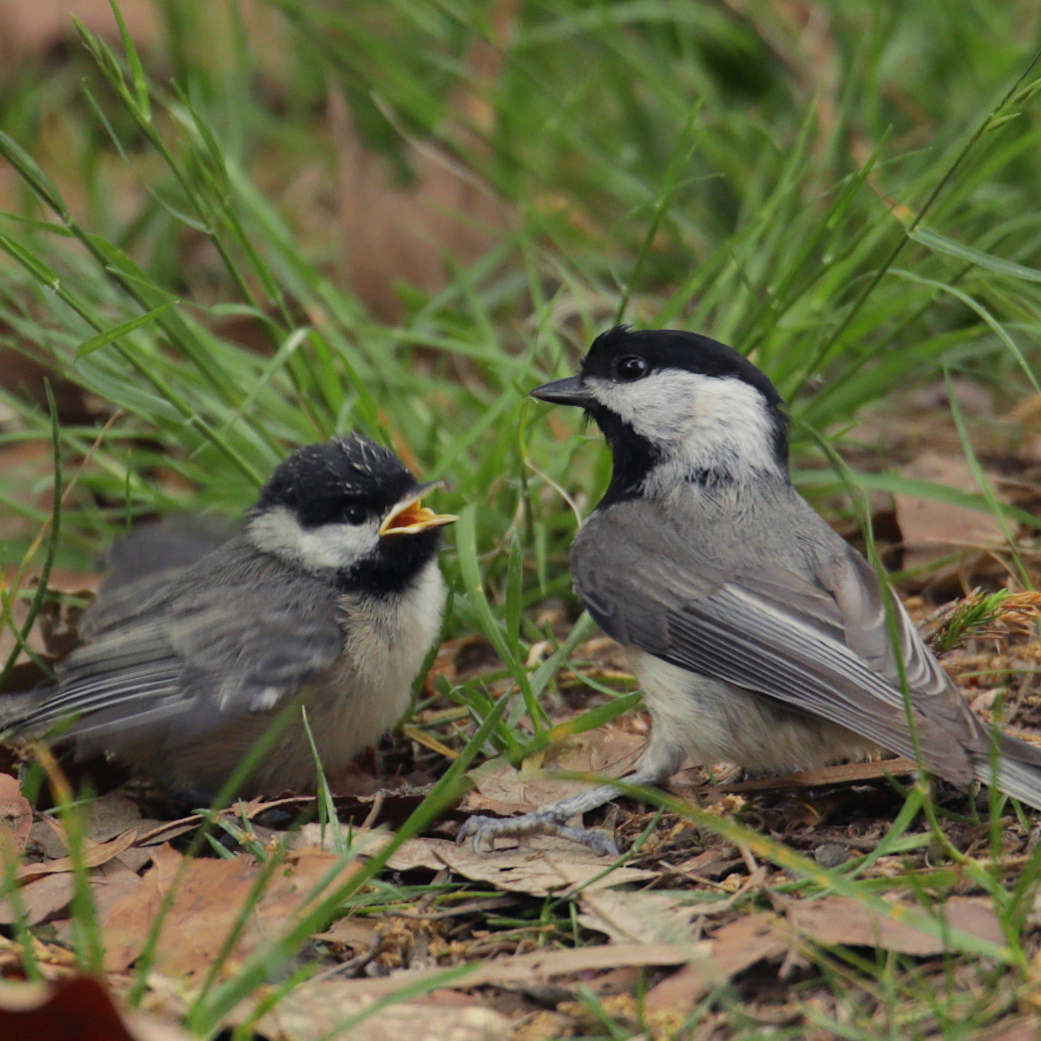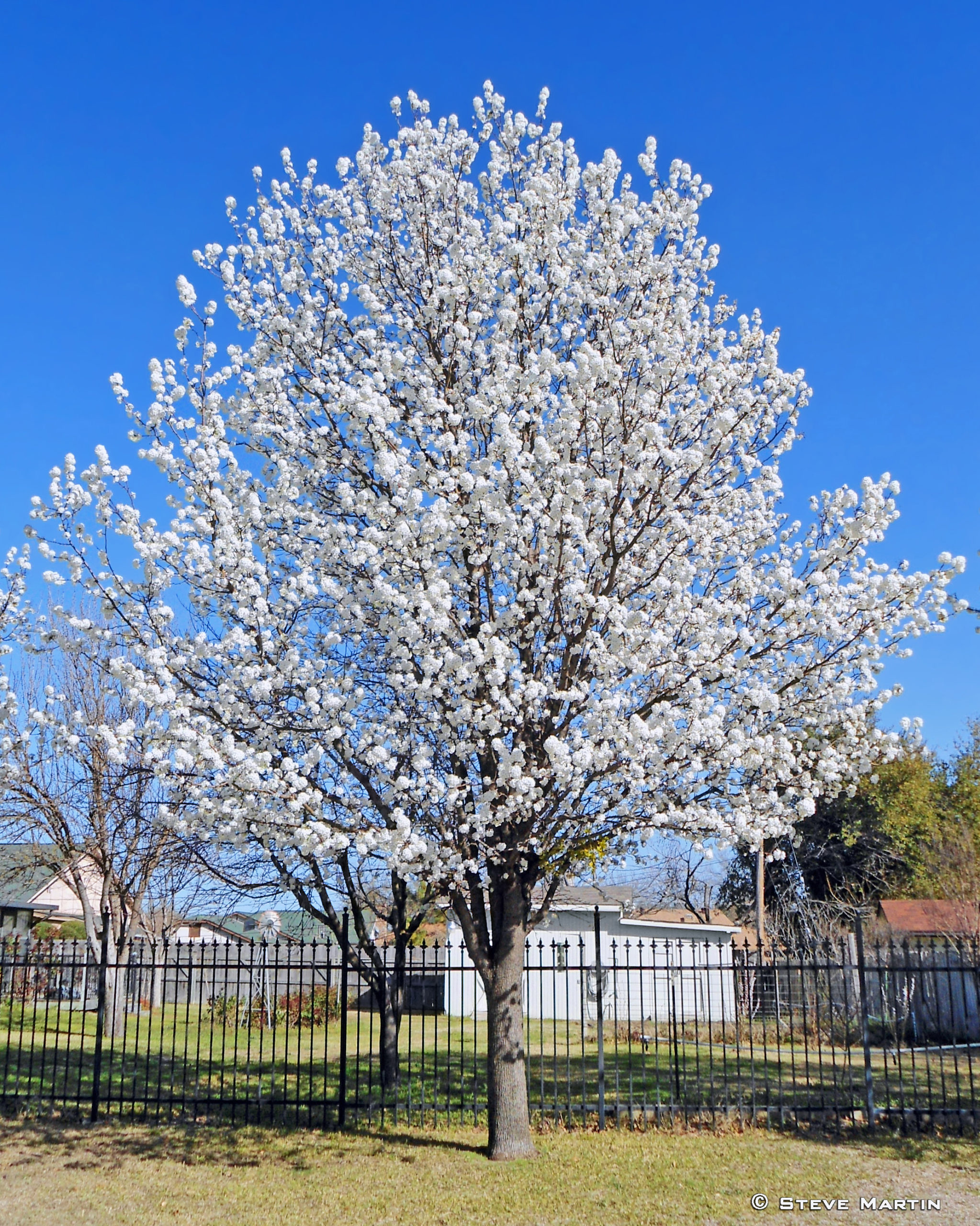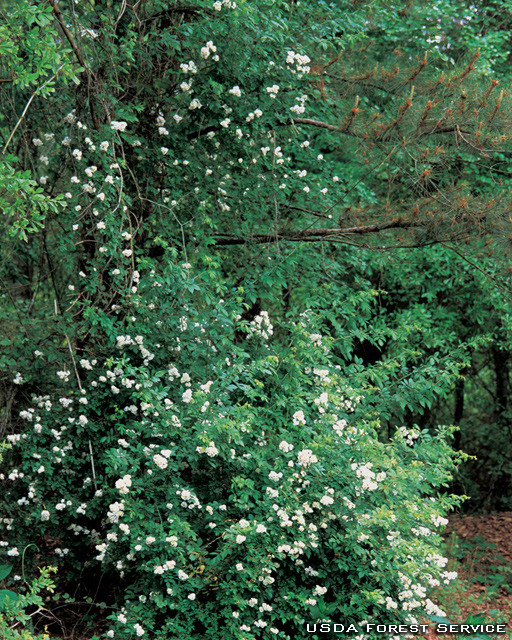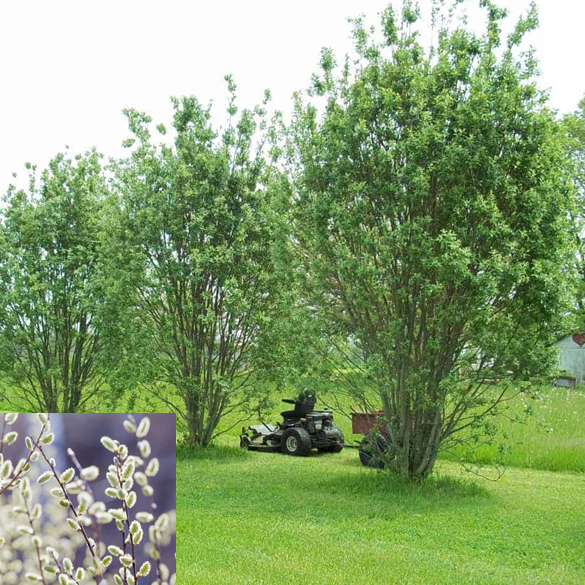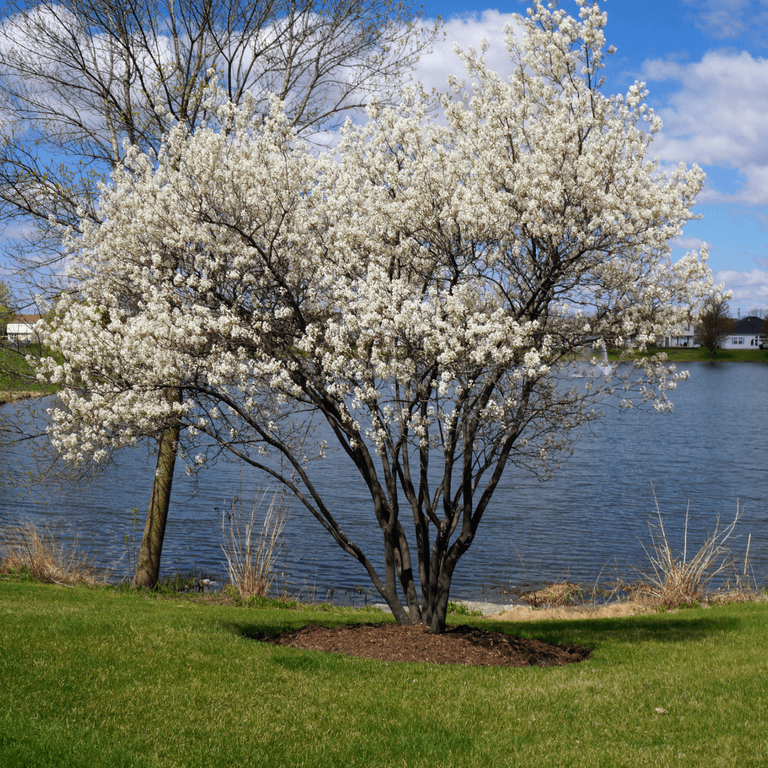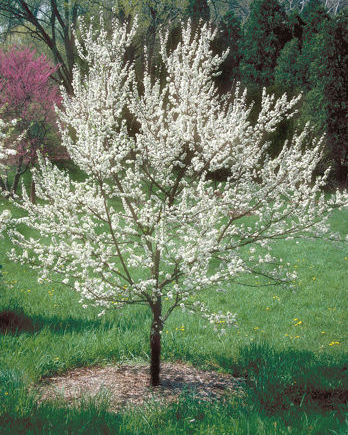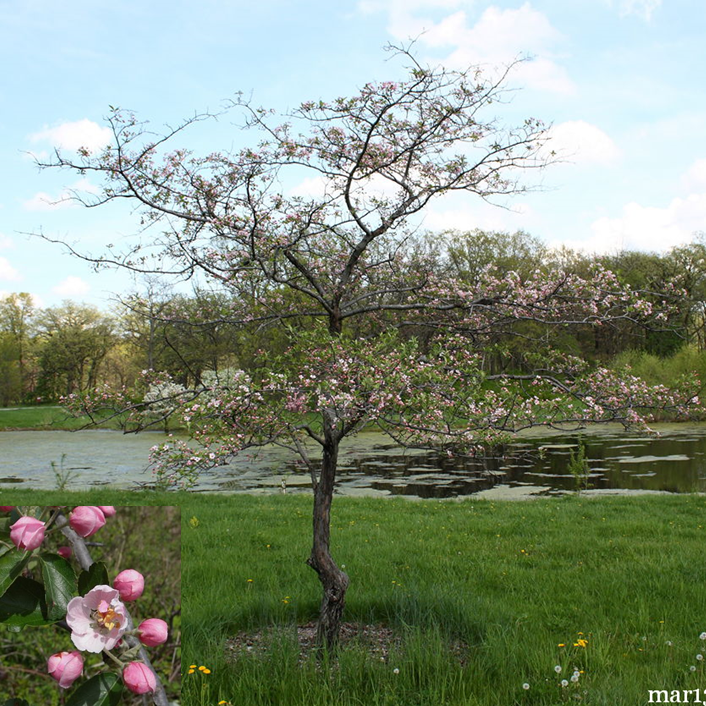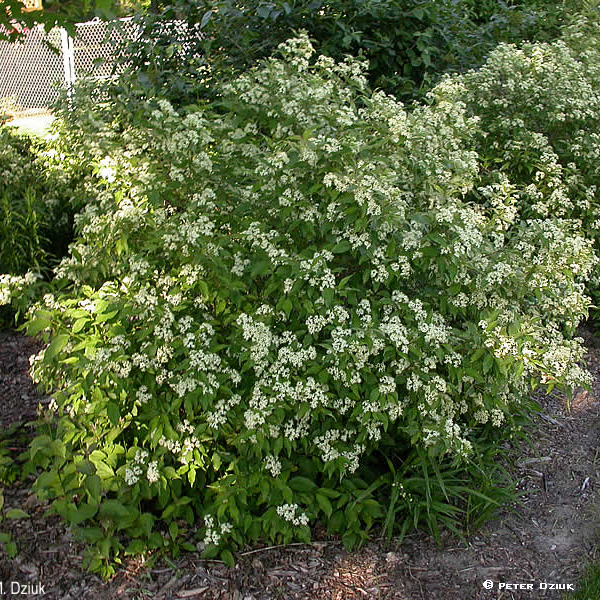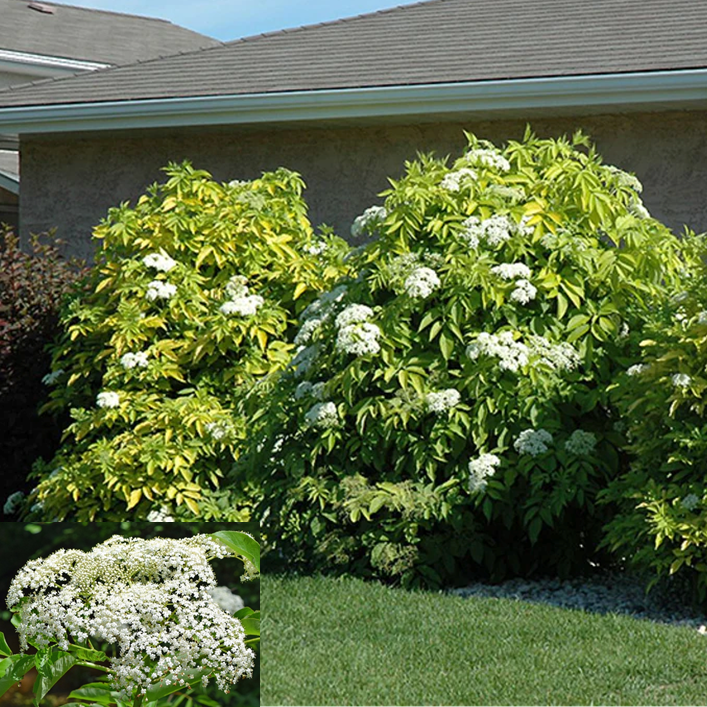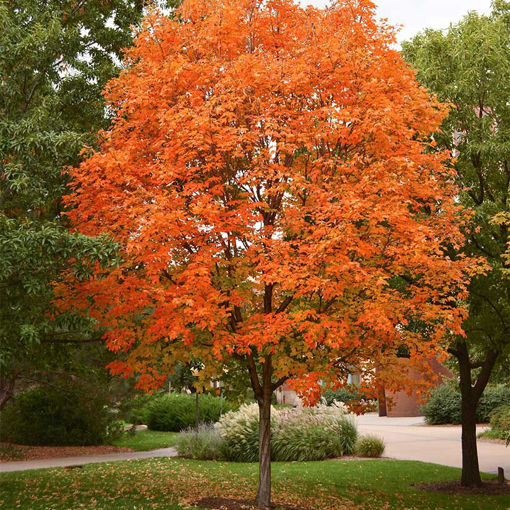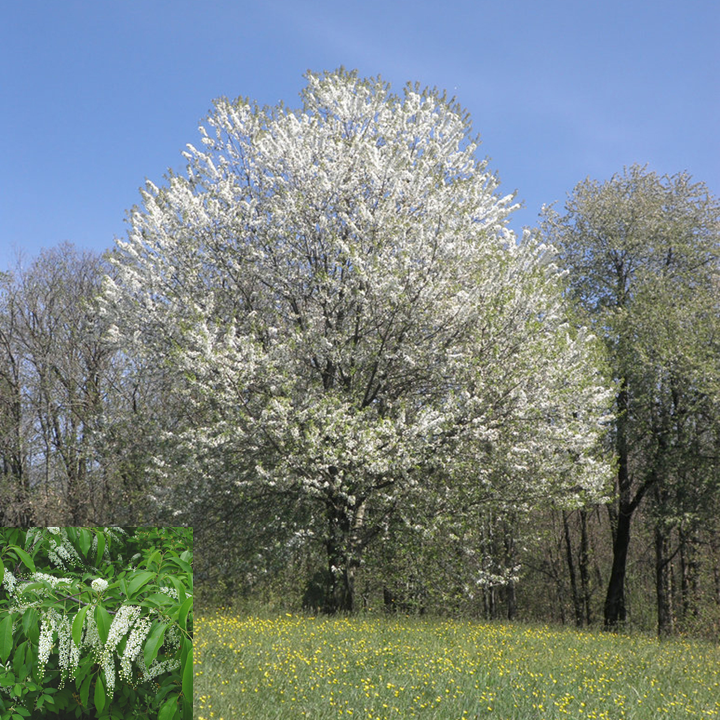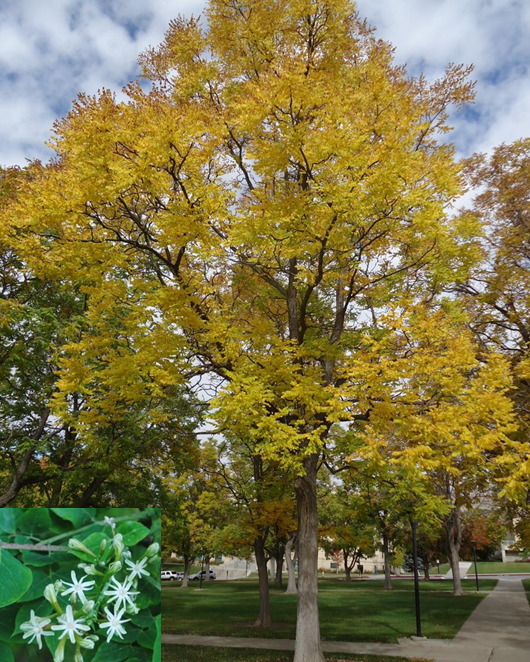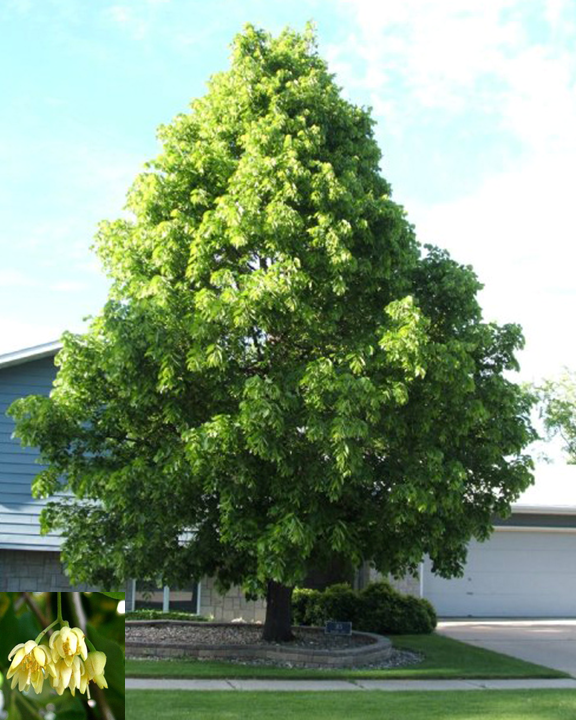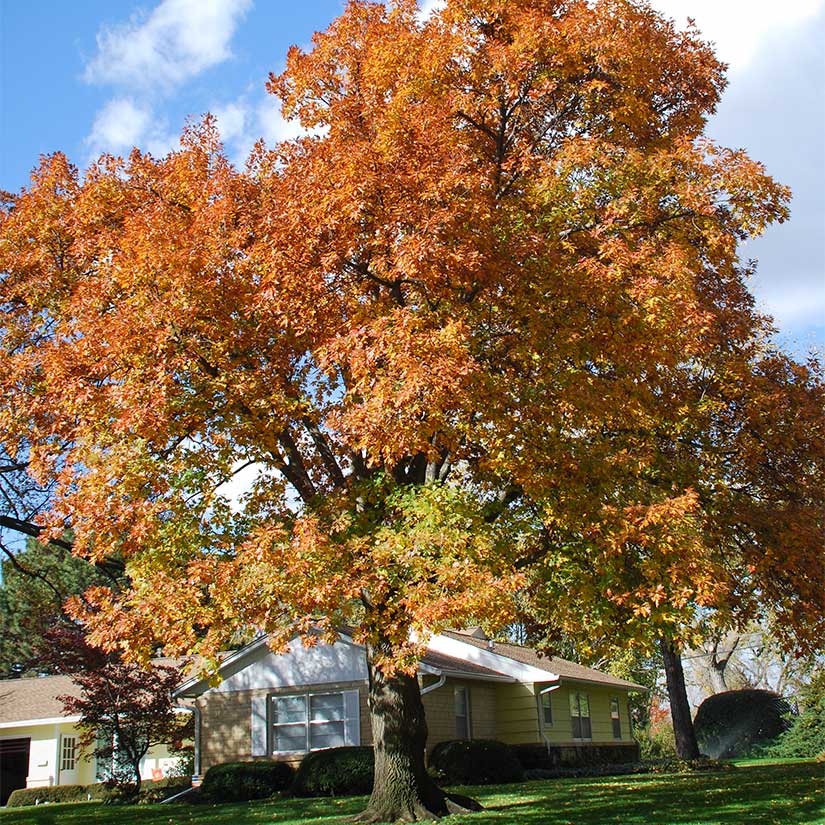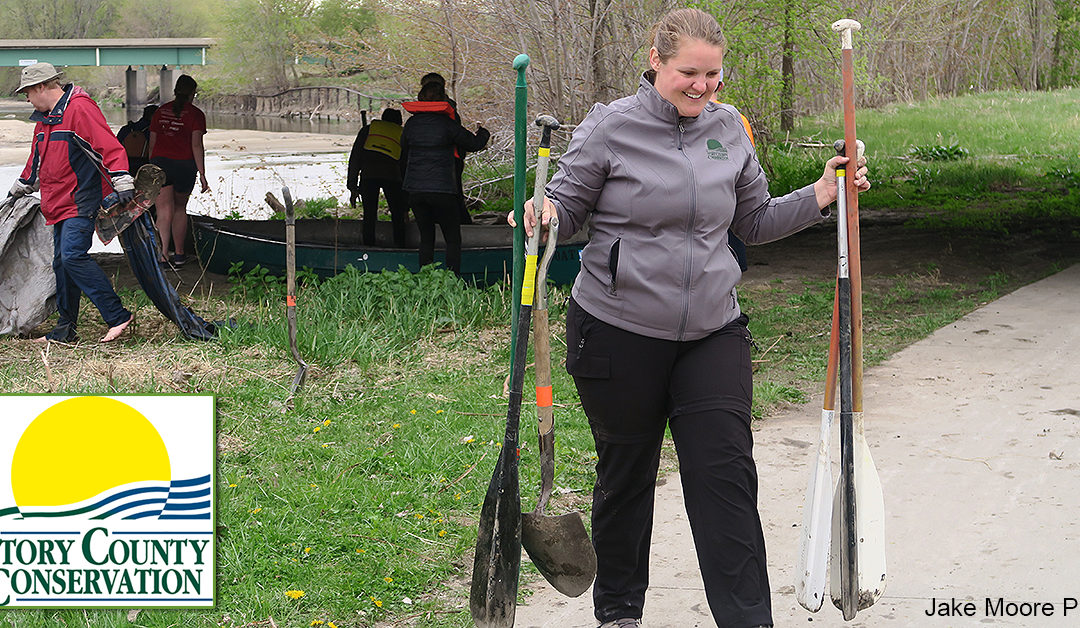
Story County Conservation – Prairie Rivers of Iowa Featured Partner
Connecting people with nature and improving natural resources — making Story County a great place to live, work, and recreate. — Story County Conservation’s Mission
Story County Conservation (SCC) maintains over 3,500 acres of parks and natural areas like prairies, wetlands, and oxbows. Special areas of focus include preserving native environments and habitat restoration, stopping the spread of invasive species, and water quality improvement.
Recreationally, SCC offers a variety of outdoor leisure opportunities and quality recreational facilities that feature fishing, bird watching, camping, hiking, swimming, picnicking, boating, bicycling, and hunting.
They are instrumental in helping landowners develop and manage wildlife and habitat plantings and maintain vegetation along Story County roadways.
Their outstanding environmental education program works with school districts and daycares to provide programming and outdoor field trips that promote environmental awareness and fun. Visit their website here for all the details!
Q&A
Prairie Rivers: Why is it important for Story County to partner with Prairie Rivers of Iowa?
Story County Conservation: The mission of Story County Conservation is to connect people with nature and improve natural resources – making Story County a great place to live, work, and recreate. This is only possible through meaningful partnerships. Prairie Rivers of Iowa shares many of the same values and objectives. Public-private partnerships leverage the unique abilities of each. The Prairie Rivers/Story County Conservation partnership specifically provides feasible and meaningful improvements to the environmental and social fabric of the community. Through the partnership with PRI, SCC can engage residents through a volunteer citizen water monitoring program. The data collected twice a month is used by PRI to analyze trends and hotspots for pollutants in the county. The volunteer water monitoring program is part of a 10-year water monitoring plan developed by PRI, SCC, the City of Ames, the City of Nevada, the City of Gilbert, the City of Huxley, Iowa State University, Leopold Center for Sustainable Agriculture, Izaak Walton League, Story County Soil and Water Conservation District and the Story County Community Foundation. Additional initiatives worked on by the SCC/PRI partnership include watershed boundary signage, creek signage, creek and river clean-ups, watershed assessments, and water quality education.
Prairie Rivers: What is the first or most important thing that comes to mind that Story County Conservation has done to inspire citizens to get out and make a difference to improve conservation efforts within the county?
Story County Conservation: Story County Conservation engages with people in many contexts to break down barriers to help connect people with the outdoors. Whether it be through classroom programs, discovery hikes, outdoor recreation opportunities, environmental stewardship education, and involvement, or simply opportunities to enjoy nature, SCC helps people discover the values of the natural environment.

